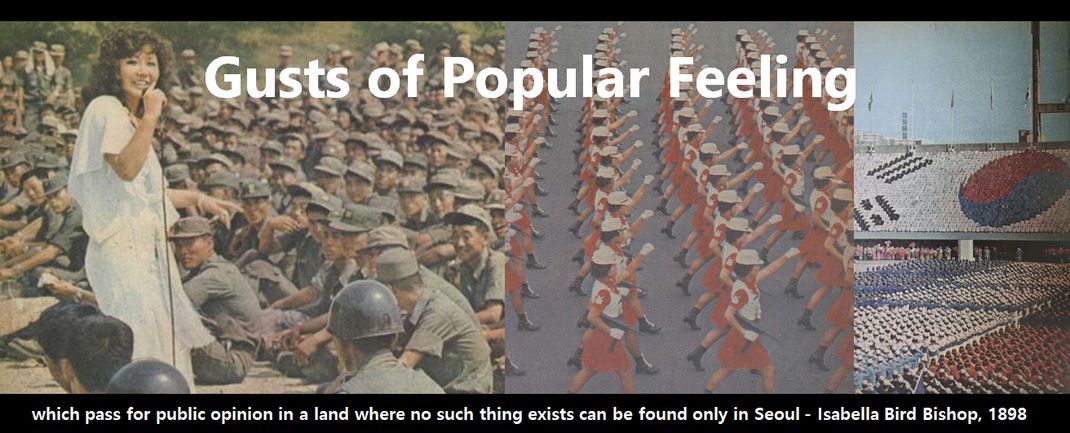Jon over at I'm a Seoul Man has a post about the collapse; he also has a photo of the same construction site that he took before the collapse, which looks pretty cool at full size. His post made me aware that the Chosun Ilbo and Korea Times both have articles on the collapse as well.
The Joongang Ilbo tells us that
On Sunday afternoon, two sections of track near Gajwa Station in Seoul, midway along the line, caved in, falling 50 meters to the ground and cutting all rail traffic between Seoul Station and Susaek Station.



I'll get to why this happened in a minute. The main concern was the traffic jams being caused by the severing of this commuter line.
Those who ride the train from Munsan as well as Paju and Ilsan, both in Gyeonggi, were hit the hardest. It took many of them longer than usual to get to work as people scrambled to use alternative transportation.Photographers got the chance to photograph crowds of people waiting for buses in front of Susaek Station. Of course, they might have had other, more horrific photos to take had things not turned out as well as they did.
A train carrying around 150 passengers passed the accident spot seven minutes before it collapsed, even after the Korea Railroad Corp., the state-run operator of the railway, was informed that signs of a railway collapse were appearing just 17 minutes before the accident.Thanks for waiting for 27 minutes, guys. Of course, the Korea Railroad Corporation almost ended up making quite a mess of things itself.
Ssangyong Engineering and Construction, which was in charge of the project next to the railway, said it detected an impending collapse at 4:30 p.m., 44 minutes before the accident, and withdrew all of its workers from the construction site, according to police. Police said the company informed the Korea Railroad Corp. at 4:57 p.m.
But the railway operator allowed trains to keep running, merely slowing their speed to 20 kilometers per hour, police said. Of four trains passing the accident spot after that, two were carrying around 150 passengers each.Blind luck seems to have saved Seoul from another Seongsu Bridge-like disaster. The construction crews unsurprisingly worked quickly to fill in the hole near the collapsed section of the wall.

As the Joongang Ilbo shows us, one track is now open, though it will take two weeks to completely repair it. As to why this happened, read on.
Police said the accident happened after retaining walls on a subway construction site next to the railway collapsed, spilling sand under the railway into the construction site and collapsing the track bed.Many of the articles mentioned the Gyeong-ui (Seoul-Uiju) line, perhaps for two reasons. That line continues to run next to the construction site, above ground, but it also will eventually be routed underground in Seoul, which is one of the purposes of the construction seen above. What's not mentioned in any of the hundreds of articles at Naver is the fact that the Incheon Airport railway will also take this underground route:

On the (new subway) map above, the dotted blue line represents the unfinished half of the Incheon Airport railway; the accident took place just north of World Cup Stadium. Is the failure to mention this connection to Incheon Airport an oversight, or is it to avoid tainting the name of the "World's best airport"? Considering how lazy the Korean media can be, perhaps the former is more likely...


No comments:
Post a Comment